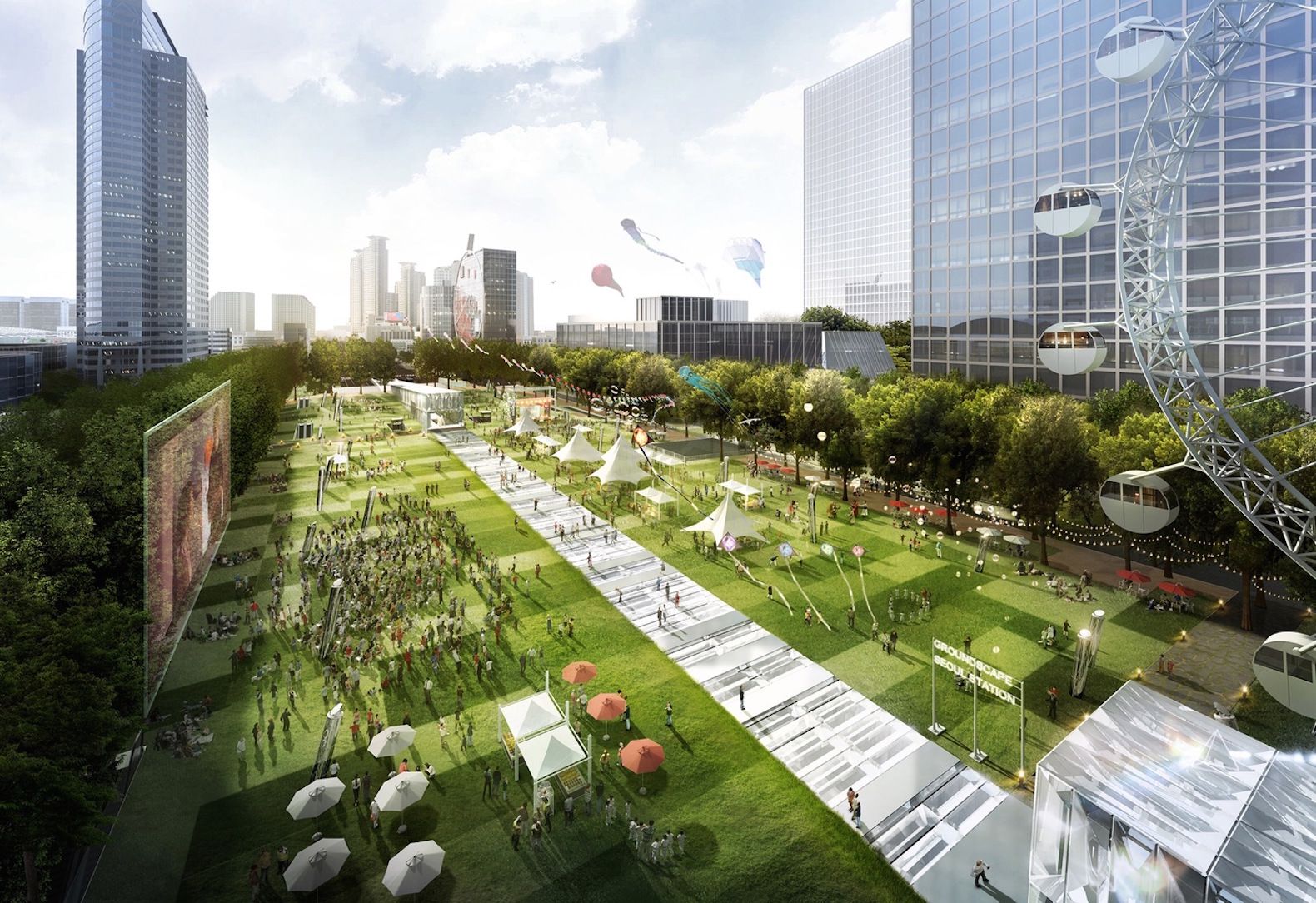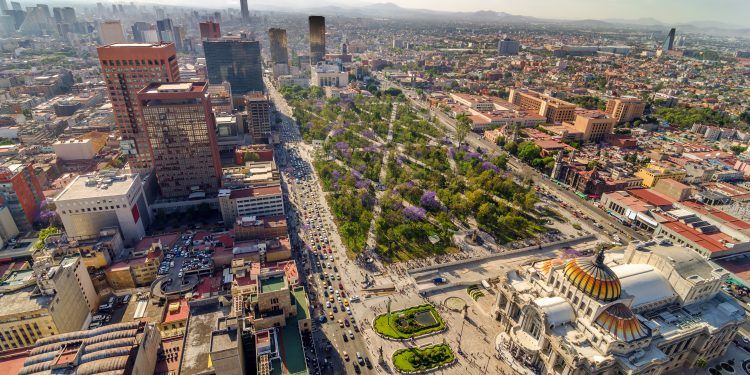Why we should remove cars from cities
Humanity is moving toward a cleaner and greener Earth, and the first step will be 'car-free city centers.' Korea is suffering from various urban problems, from traffic jams to air pollution. Some might say that it's notoriously difficult to change a driver's commuting habits, and it is tough to apply such regulations in cities. However, it is a global trend to move towards making car-free cities, and many other cities in the world are experiencing a significant improvement in urban areas. Madrid banned older cars from the city center. Paris bans cars one day a month. Brussel fines old vehicles in operation, by using cameras.[1] Now, it’s time for Seoul to make some change, starting to reduce cars in the city.

First, the environmental benefits of banning cars from city centers are massive. Some might say that traffic regulations are not practically useful, citing Mexico City's example. In fact, Mexico City's case is a failure. However, to achieve progress, we should learn from Mexico City's follies and embrace affirmative policies from other successful examples.

For the environment, reducing air pollution by banning cars is the most effective investment for sustainable future. In 2018, Seoul recorded an average of 24μg/m³ of ultra-fine dust level (PM 2.5 particles), the second-highest among 36 OECD member countries following Chile. Almost 22 percent of ultrafine dust in metropolitan areas is caused by diesel cars. Some successful cases prove that such air pollution issues can be mitigated by banning vehicles in cities. In 1999, Tokyo banned sales and purchase of diesel cars, increasing diesel price at the same time. Eventually, Tokyo reduced the annual average rate of ultrafine dust, by 55 percent for 10 years from 2011.[2] Another example of Beijing's one-day driving restriction also reinforces the idea of reducing air pollution. Based on daily data from multiple monitoring stations, air pollution falls 19% during every-other-day and 7% during one-day-per-week restrictions.[3] The cases of Japan and China can be fully applied to South Korea, and as Korea's population is relatively small, the restriction can bring greater success. As the new restriction bans grade 5 diesel cars from passing through the city centers of Seoul and Gyeonggi-Do, government officials are expecting the level of PM2.5 (fine dust) within the city center to be reduced by 15.6 percent.[4] Such restrictions should be expanded further to banning grade 4 diesel cars and increasing the number of areas where the regulations are applied.
Secondly, banning cars can vitalize the city centers and create additional lands for housing. Hanna Marcussen, Oslo's vice mayor for urban development, said that the main objective for banning cars in city centers is "to give the streets back to people," speaking that "For us, the street should be where you meet people, eat at outdoor restaurants, where kids play, and where art is exhibited."[5] In 2015, in attempt to create car-free city, Oslo implemented policies to remove parking spots, and the city found that it had 10% more pedestrians in the center than the year before.[6]

Such social advantages can be shown by example of Cracow. After implementing restrictions for car traffic and parking restrictions, the survey conducted among customers and owners of the facilities near the restriction areas proved that satisfaction with the quality of public space is declared by approximately 80% of customers, and they responded that they did not want to restore the previous situation. These policies improved the flow of public transportation, enhancing competitiveness of local business and increased the attractiveness of public space.[7] Public space can be also secure additional available housing site. JH Crawford, the world's leading voice on car-free cities, presented alternative use of abundant parking areas. According to his analysis, in US cities like Houston and Dallas, as much as 70% of urban land is given over to parking, and such areas can solve the modern housing crisis problems.[8]
The pursuit of creating a cleaner environment is neither vague nor complexed. If you expand your sights around you, it is easy to find out various problems caused by cars. By gradually reducing the number of cars in the city, environmental issues and urban non-socialization can be solved simultaneously. Furthermore, useless parking lots can be reduced to secure more available lands. If that happens, the city will become more humane, and it may become the foundation for environmental progress.
References
[1] Arla Bendix, “15 major cities around the world that are starting to ban cars”, Business Insider, https://www.businessinsider.com/cities-going-car-free-ban-2018-12#brussels-is-using-cameras-to-enforce-a-fine-for-old-vehicles-8
[2] “Worst ultrafine dust hits Korea”, Dong-A Ilbo, http://www.donga.com/en/article/all/20190306/1658854/1/Worst-ultrafine-dust-hits-Korea
[3] Viard, V. & Fu, Shihe. (2011). The Effect of Beijing’s Driving Restrictions on Pollution and Economic Activity. Journal of Public Economics. 125. 10.2139/ssrn.1917110.
[4] Ock Hyun-ju, "Old diesel cars to be banned in central Seoul”, The Korea Herald, http://www.koreaherald.com/view.php?ud=20191125000881
[5] Len Williams, "What happens when a city bans cars from its streets?”, BBC Future, https://www.bbc.com/future/article/20191011-what-happens-when-a-city-bans-car-from-its-streets
[6] Adele Peters, "What happened when Oslo decided to make its downtown basically car-free?” Fast Company, https://www.fastcompany.com/90294948/what-happened-when-oslo-decided-to-make-its-downtown-basically-car-free
[7] Andrzej Szarata, Katarzyna Nosal, Urszula Duda-Wiertel, Lukasz Franek “The impact of the car restrictions implemented in the city centre on the public space quality”, Transportation Research Procedia, Vol. 27, 2017, pg. 752-759
[8] https://www.bbc.com/future/article/20191011-what-happens-when-a-city-bans-car-from-its-streets
